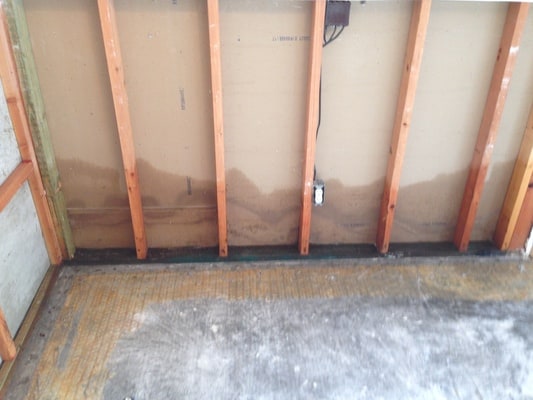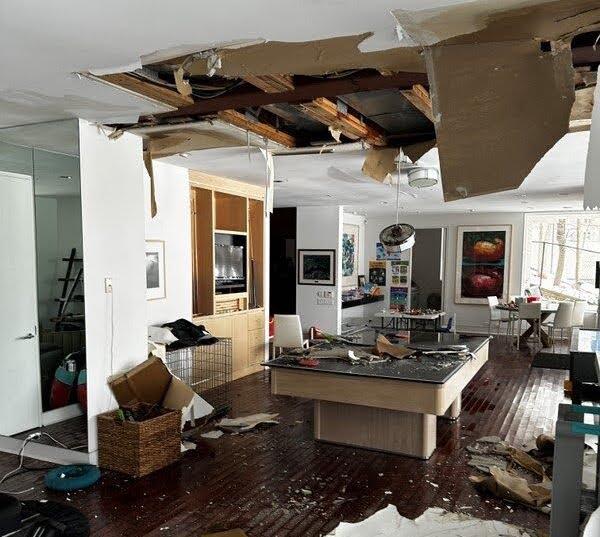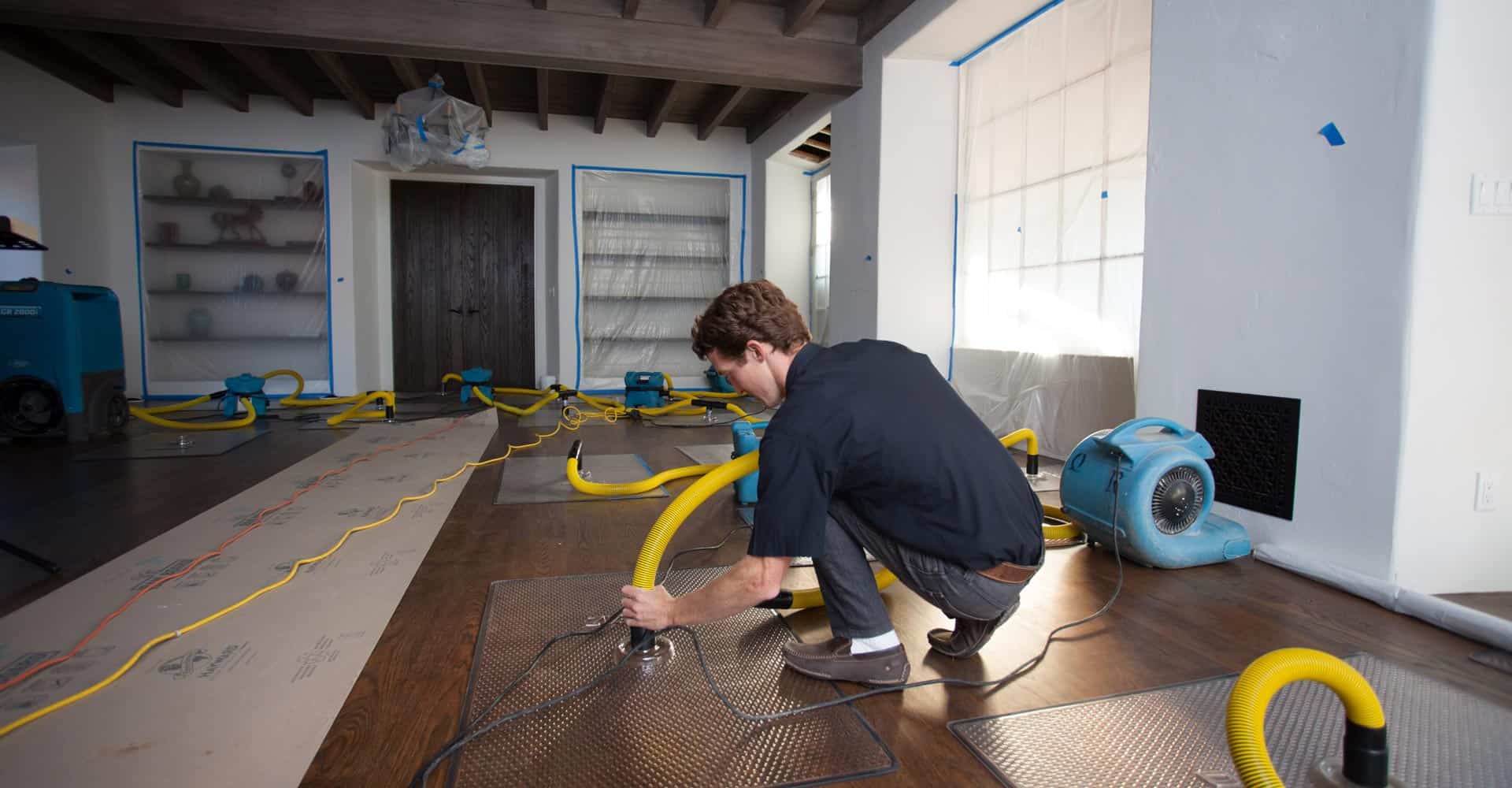Emergency Services After Water Damage Lexington KY Restoration Contractors

Understanding the nuances of water-related points is crucial for owners and property managers. Two common terms typically mentioned are water removal and water extraction. While they might appear to be interchangeable, they maintain distinct meanings within the context of water damage restoration, each playing a vital role in the overall recovery process.
Water removal usually refers to getting rid of standing water from an space affected by flooding, leaks, or another water intrusion. It sometimes involves immediate action to stop additional damage to the property. Rapid water removal helps mitigate the chance of mold progress and reduces repair prices. This process primarily focuses on surface water, the place the water can accumulate in puddles or giant areas.
In contrast, water extraction delves deeper into the removal process. This method entails not only addressing surface water but in addition extracting water from porous supplies similar to carpets, upholstery, and fabrics. Water extraction usually requires specialized tools, similar to pumps or vacuums, designed to remove water embedded in these materials. Extracting water effectively is essential to ensure that the world dries properly, preventing long-term damage.
Disaster Restoration Mitigation Richmond KY Flood Damage Cleanup Services

The urgency of water removal can't be overstated. When dealing with significant water damage, each moment counts. Standing water can result in critical structural issues, electrical hazards, and the fast development of mold and mildew. Therefore, removing water as quickly as possible types the primary line of defense within the restoration process.
Water extraction, however, could not always be the primary focus when dealing with minor leaks or spills. Homeowners may resort to towels and mops for a fast clean-up, however this approach doesn't totally tackle the problem. Once the visible water is gone, moisture stays trapped within the fibers of carpets and different materials, resulting in potential well being hazards if left unattended.
The instruments and techniques employed in these two processes vary widely. Water removal might use transportable pumps or buckets to easily gather and discard the water. Conversely, water extraction requires more superior equipment, such as water extraction models, which make the most of highly effective suction to attract out moisture from carpet padding and floorboards.
Basement Mold Removal Frankfort KY Emergency Water Removal Services
After removing and extracting the water, drying is the subsequent critical step. A thorough drying process not solely helps to restore the property but additionally ensures that additional complications do not come up. Dehumidifiers and followers are generally used in this part to circulate air and get rid of any remaining moisture. This drying phase is significant because even a small quantity of residual moisture can result in mold progress or structural degradation.
Professional water damage restoration services sometimes possess the experience and gear required for each water removal and extraction. Many property homeowners underestimate the importance of each step, typically resulting in insufficient recovery. Relying on specialists who understand the intricacies of those processes can save time and money in the lengthy term.
Understanding the variations between these two terms additionally involves awareness of their implications on insurance coverage. Many insurance policies differentiate between water removal and extraction, probably affecting claim approvals. It’s crucial for property homeowners to grasp their coverage and make sure that all essential steps are taken to validate any insurance claims related to water damage.
Storm Damage Repair Nicholasville KY Water & Flood Damage Restoration
Furthermore, not every kind of water intrusion requires both processes. Sometimes, such as throughout heavy rain, immediate removal could additionally be adequate. In contrast, if a plumbing leak happens, comprehensive extraction could also be needed to stop the damage from spreading. The distinction permits householders to implement the most effective response for their particular situation.
The location of the water incident also can dictate whether removal or extraction is the precedence. For instance, flooding in a basement could demand quick removal to safeguard foundational integrity. On the other hand, water seeped into partitions or beneath flooring materials will necessitate extraction strategies to forestall ongoing damage.
Disaster Cleanup Services Winchester KY Emergency Water Removal Services
In wrapping up the discussion of the differences between water removal and water extraction, it is evident that both elements are integral to effective water damage management. While removal is important for quick response, extraction plays an equally essential role in ensuring long-term recovery and stopping future issues. Understanding these differences equips householders with the knowledge needed for tackling water damage effectively, leading to a safer and healthier living setting.
It’s essential to remember that every water-related incident comes with its challenges. Being proactive and informed can make a significant distinction in the therapeutic strategy of a property. Engaging with professionals who are well-versed in both ideas can ease the burden and result in profitable restoration outcomes.
By grasping the distinctions and realizing the suitable responses, people can take charge of their homes in the face of water damage. The proper actions taken on the proper time can result in a smoother transition back to normalcy, making the expertise less overwhelming.
Storm Damage Restoration Lexington KY Water Damage Repair and Restoration
Ultimately, the battle in opposition to water damage is a multifaceted endeavor. Recognizing when to remove and when to extract creates a roadmap to success, safeguarding properties from the relentless results of water intrusion. This knowledgeable approach not solely preserves private belongings but also ensures a sustainable surroundings for years to come back.
- Water removal usually refers to the initial phase of addressing water damage, specializing in eliminating standing water from the affected area.
- Water extraction, however, entails a extra thorough process, which includes utilizing highly effective tools to remove water that has permeated materials like carpets and drywall.
- The methods used in water removal typically include easy strategies like mopping and bucket utilization, whereas water extraction employs advanced instruments corresponding to vacuum systems and pumps.
- Water removal could not handle the underlying moisture trapped in materials, whereas water extraction aims to extract moisture to stop mold progress and structural damage.
- The timeframe for water removal is usually shorter because it entails preliminary cleanup, whereas water extraction is a extra time-consuming process requiring detailed consideration to ensure complete moisture removal.
- Water removal may be performed by inexperienced individuals, but water extraction usually requires skilled professionals with specialized gear.
- Water extraction can even bear in mind further factors such as air circulation and humidity control, which are often not part of primary water removal methods.
- The effectiveness of water extraction typically leads to higher drying outcomes in comparability with standard water removal processes.
- Water removal may be seen as a temporary solution, whereas water extraction is often thought to be a more complete method to managing water damage.
- After water extraction, a post-extraction assessment is usually conducted to ensure that all moisture has been effectively addressed, while water removal typically lacks this follow-up evaluation.undefinedWhat is the first distinction between water removal and water extraction?
Water Damage Restoration Company Lexington KY Residential Water Damage Restoration Services
Water removal usually refers again to the strategy of eliminating standing water from a space, like a flooded area, whereas water extraction involves utilizing specific gear to drag moisture from saturate supplies, corresponding to carpets or structural components. Each serves a unique purpose in water damage restoration.
When should I consider water extraction as an alternative of simply water removal?
If a property my link has absorbed water into its constructing supplies, corresponding to partitions or flooring, water extraction is crucial. This prevents mold growth and further damage. On the opposite hand, if there's solely standing water, water removal might suffice initially.
Storm Damage Repair Nicholasville KY Fire & Water Damage Restoration Company
Are the methods and equipment different for water removal and water extraction?
Yes, water removal typically makes use of pumps or vacuums to quickly eliminate massive portions of water, whereas water extraction employs specialized instruments like wet/dry vacuums and moisture meters to attract moisture from within materials, guaranteeing thorough drying.
Can I do water removal myself, or should it always be handled by professionals?
Water Damage Restoration Services Frankfort KY Fire & Water Damage Restoration
While minor water removal could be done safely by householders, important flooding or contamination should be handled by professionals. They have the necessary tools and experience to forestall health risks and guarantee full safety.

What health risks are associated with improper water removal and extraction?
Mold Remediation.
Improper water removal and extraction can lead to mold progress, which poses critical health dangers, including respiratory points. Contaminated water can harbor bacteria and pathogens, which may trigger illness if not handled appropriately.
How long does water extraction usually take to complete?
Water Damage Repair Lexington KY Water Damage Restoration Services
The period of water extraction can differ significantly depending on the severity of the water damage and the scale of the affected area. Typically, it takes a few hours to a few days, however thorough drying and restoration may lengthen the general process.
Is water removal or water extraction more costly?
The cost can vary based on the severity and specifics of the water damage. Flood Cleanup Services Near Me. Generally, water extraction could additionally be costlier because of the specialised gear and labor required, especially if extensive drying efforts are needed thereafter.
Can I use an everyday vacuum for water extraction?
Storm Damage Repair Lexington KY Construction, Cleaning, and Restoration

No, regular vacuums click now are not designed for water extraction and can be dangerous if used for this purpose. Specialized wet/dry vacuums are necessary to handle extra water safely and effectively, stopping damage to the equipment and harm to customers.
What is the significance of timely action in water removal and extraction?
Timely action is crucial in each cases to attenuate damage, scale back restoration costs, and forestall well being hazards like mold progress. The sooner water is removed or extracted, the much less damage will occur, leading to simpler restoration efforts.